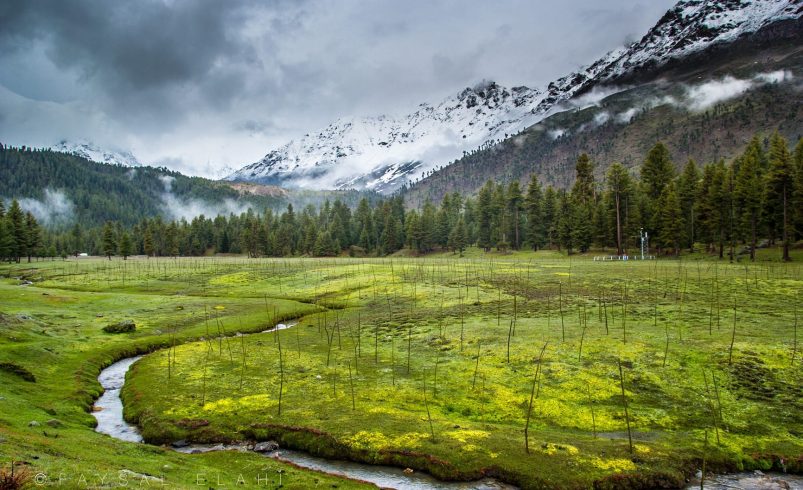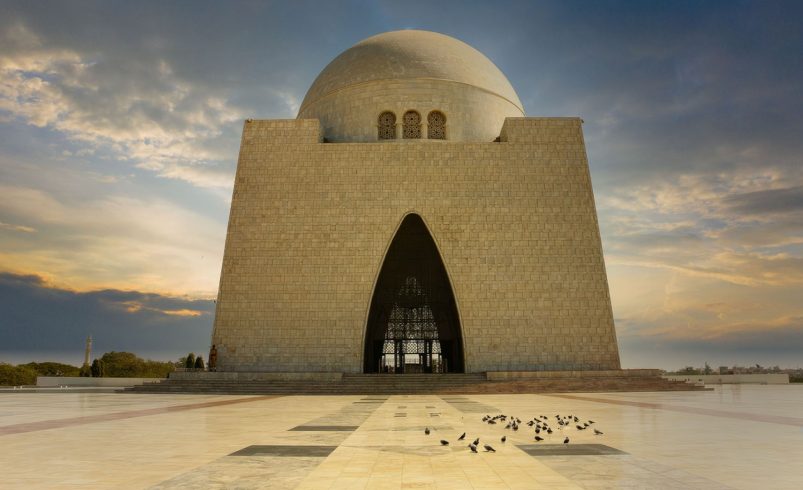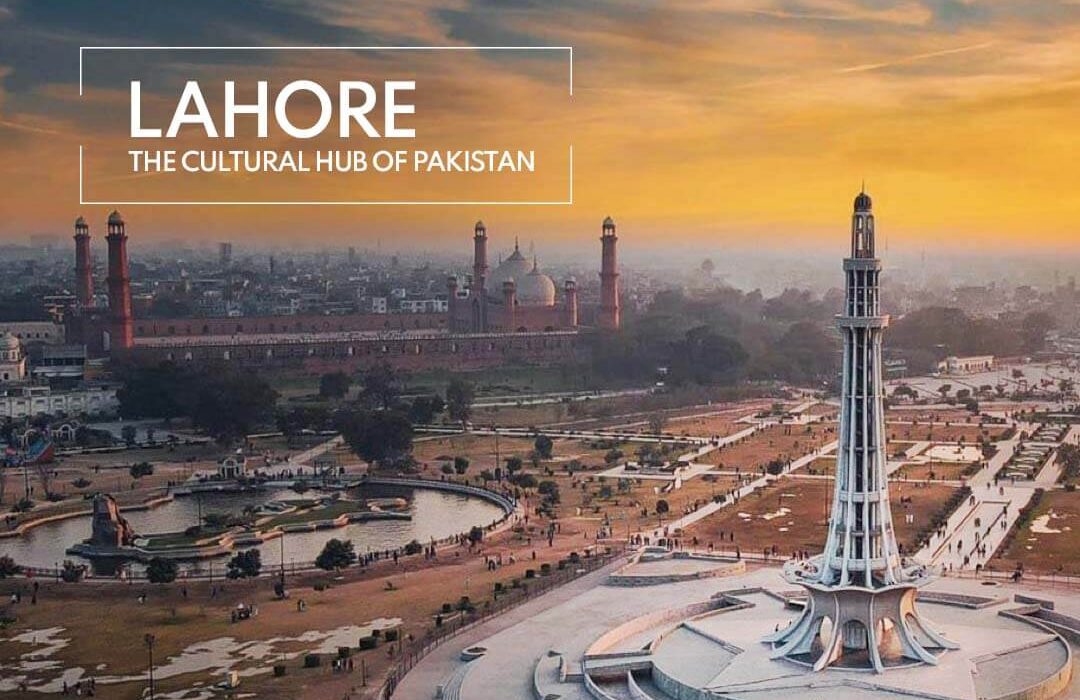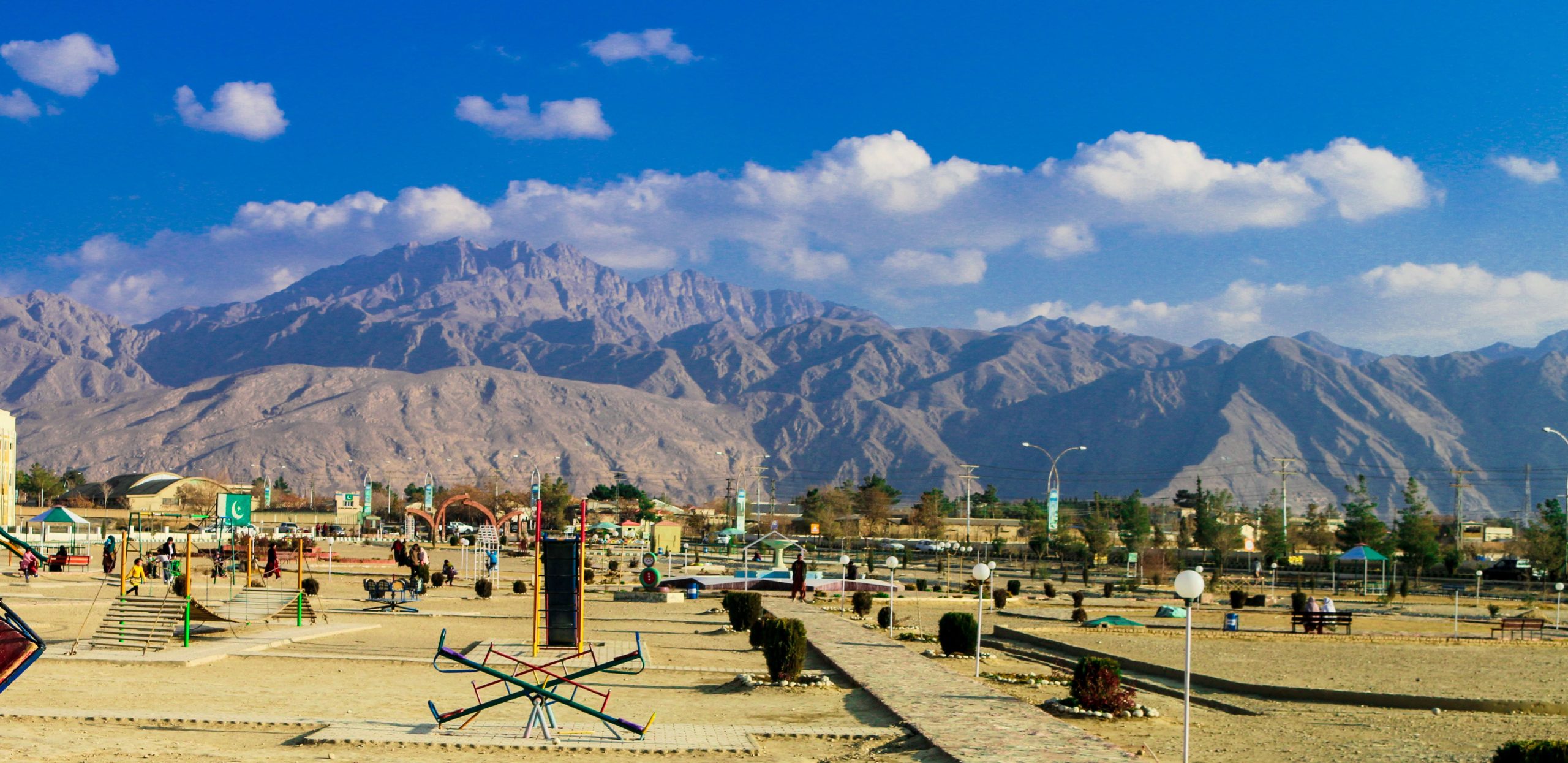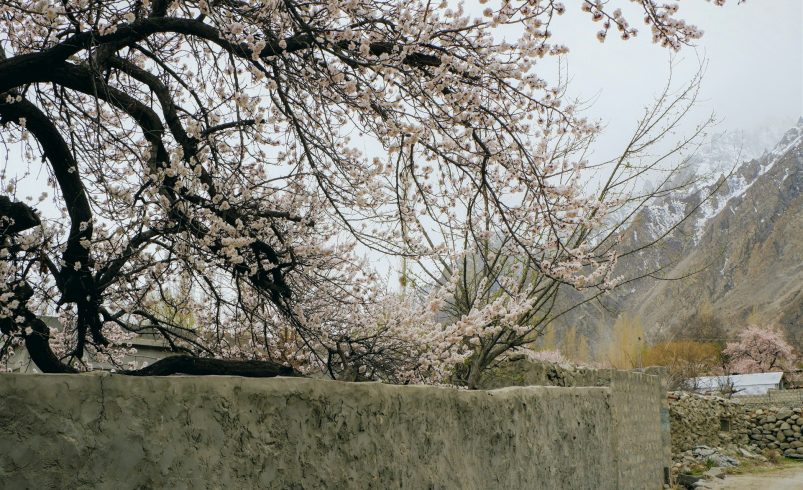
- December 19, 2024
Introduction
Nestled in the Gilgit-Baltistan region of northern Pakistan, Hunza Valley is a breathtaking destination renowned for its majestic mountains, serene landscapes, and rich cultural heritage. This guide covers everything you need to plan the perfect trip to Hunza.
History
Hunza has a fascinating history, dating back to ancient times. Once an independent princely state, it was ruled by the Mirs of Hunza until 1974 when it was merged into Pakistan. The valley played a vital role in the Silk Road trade route, connecting China and South Asia.
Cultural Heritage
Hunza’s culture is deeply influenced by its Burusho and Wakhi communities, known for their unique traditions, warm hospitality, and vibrant festivals. Traditional music, dance, and attire reflect the valley’s rich cultural diversity, and the locals primarily speak Burushaski, Wakhi, and Shina languages.
Best Time to Visit Hunza Valley
The best time to visit Hunza Valley depends on your travel preferences:
- Spring (March to May): Witness blooming apricot blossoms and mild weather.
- Summer (June to August): Ideal for trekking, sightseeing, and adventure activities.
- Autumn (September to November): Experience stunning fall foliage with golden-red hues.
- Winter (December to February): Perfect for those who love snow-capped mountains and winter photography.
How to Reach
- By Air: Fly from Islamabad to Gilgit (1-hour flight), then drive 2.5 to 3 hours to Hunza.
- By Road: Travel from Islamabad via Karakoram Highway (KKH) (approx. 16-18 hours by car or bus).
Places to Visit in Hunza
Baltit Fort
A 700-year-old fort, offering stunning views of the valley.
- Location: Karimabad, Hunza, Gilgit-Baltistan
- Nearby Places: Altit Fort (3 km), Duikar (7 km)
- Key Attractions: Traditional wooden architecture, historical artifacts, panoramic views
- Best Time to Visit: Spring, summer, autumn
- Activities to Do: Sightseeing, photography, historical tours
- Cultural Significance: Former residence of the Mirs of Hunza
Altit Fort
One of the oldest forts in Hunza, showcasing ancient history and architecture.
- Location: Karimabad, Hunza, Gilgit-Baltistan
- Nearby Places: Baltit Fort (3 km), Duikar (7 km)
- Key Attractions: Restored fort, royal gardens, cultural museum
- Best Time to Visit: Spring, summer, autumn
- Activities to Do: History tours, cultural exploration
- Cultural Significance: Represents Hunza’s rich heritage
Attabad Lake
A stunning turquoise-blue lake, formed after a massive landslide in 2010.
- Location: Gojal Valley, Hunza, Gilgit-Baltistan
- Nearby Places: Passu Cones (25 km), Hussaini Suspension Bridge (20 km)
- Key Attractions: Boating, fishing, scenic views
- Best Time to Visit: Summer
- Activities to Do: Kayaking, boating, jet skiing
- Cultural Significance: A modern natural wonder
Passu Cones
Iconic peaks shaped like cones, a landmark of the region.
- Location: Gojal Valley, Hunza, Gilgit-Baltistan
- Nearby Places: Attabad Lake (25 km), Khunjerab Pass (50 km)
- Key Attractions: Majestic mountain views, photography spots
- Best Time to Visit: Summer, autumn
- Activities to Do: Hiking, photography, camping
- Cultural Significance: A symbol of Hunza’s natural beauty
Khunjerab Pass
The highest paved international border between Pakistan and China.
- Location: Pakistan-China border
- Nearby Places: Passu Cones (50 km), Sost (30 km)
- Key Attractions: Snow-covered mountains, border experience
- Best Time to Visit: Summer
- Activities to Do: Road trips, sightseeing, photography
- Cultural Significance: A historical trade route
Activities to Do
- Trekking & Hiking – Explore Rakaposhi Base Camp, Ultar Sar, and Passu Glacier.
- Boating & Kayaking – Enjoy watersports at Attabad Lake.
- Cultural Exploration – Visit local bazaars, historic forts, and Hunza villages.
- Photography & Sightseeing – Capture the breathtaking landscapes of Hunza.
Where to Stay
- Luxurious Hotels: Serena Altit Fort, Luxus Hunza
- Mid-Range Hotels: Hard Rock Hunza, Eagle’s Nest Hotel
- Budget Stays: Local guesthouses and camping sites
What to Eat
- Chapshuro – A meat-filled pastry
- Hunza Bread – Traditional whole-wheat bread
- Mantu – Steamed dumplings
- Local Apricots & Nuts
Estimated Costs in PKR
- Accommodation: PKR 3,000 – 20,000 per night
- Food: PKR 500 – 2,500 per meal
- Transport: PKR 5,000 – 15,000 (depending on mode)
- Activities: PKR 1,000 – 10,000 (varies by activity)
Nearby Places & Distances
- Khunjerab Pass: 140 km
- Passu Cones: 50 km
- Gilgit: 100 km
Travel Packing Checklist
- Warm clothing (for all seasons)
- Trekking gear
- Sunglasses & sunscreen
- First aid kit
Emergency Contacts & Health Precautions
- Rescue 1122: For emergencies
- Local Police: Gilgit-Baltistan Police Helpline
- Hospitals: DHQ Hospital Gilgit
Travel Tips
- Carry cash as ATMs are limited.
- Respect local customs and traditions.
- Stay hydrated and acclimate to high altitudes.
FAQs
1. What is the best time to visit Hunza Valley?
Certainly! The best time to visit Hunza Valley depends on your preference. If you love cherry blossoms, visit in spring (March-May). For pleasant weather and adventure activities, summer (June-August) is ideal. If you’re a fan of autumn foliage, September-November is perfect. Meanwhile, winter (December-February) offers snowfall and winter sports.
2. How can I reach Hunza Valley from Islamabad?
Great question! You can reach Hunza Valley by air or road. The fastest option is to take a flight from Islamabad to Gilgit, followed by a 2-3 hour drive. Alternatively, you can embark on an 18-20 hour road trip via the Karakoram Highway, which offers breathtaking landscapes along the way.
3. What are the must-visit places in Hunza Valley?
Absolutely! Some must-visit places include:
- Karimabad – The cultural heart of Hunza
- Baltit Fort – A centuries-old historical site
- Attabad Lake – A stunning turquoise lake
- Passu Cones – Iconic mountain peaks
- Eagle’s Nest – A breathtaking panoramic viewpoint
4. Is Hunza Valley safe for tourists?
Yes, indeed! Hunza Valley is one of the safest places in Pakistan. The locals are extremely welcoming, and the crime rate is low. However, it’s always wise to stay updated on travel advisories and take necessary precautions.
5. What activities can I do in Hunza Valley?
Good question! You can enjoy trekking, boating, sightseeing, cultural festivals, photography, and exploring historical sites like Baltit and Altit Forts.
6. What is the estimated travel cost to Hunza Valley?
It depends! A budget trip can cost PKR 20,000–30,000 per person, while a luxury trip may exceed PKR 50,000. Costs vary based on transport, accommodation, and food choices.
Conclusion
In conclusion, Hunza Valley is truly a paradise for travelers, offering a perfect blend of natural beauty, rich culture, and adventure. Whether you are fascinated by ancient forts, breathtaking landscapes, or thrilling outdoor activities, this region has something for everyone.
Moreover, visiting Hunza is not just about sightseeing; it’s about experiencing the warmth of local hospitality, tasting delicious traditional cuisine, and immersing yourself in centuries-old traditions. Furthermore, the seasonal charm of Hunza ensures that no matter when you visit, you’ll be greeted with mesmerizing views and unforgettable experiences.
On the whole, whether you are planning a budget-friendly trip or a luxurious escape, this travel guide equips you with all the essential information for a smooth journey. So, why wait? Start planning your trip to Hunza today and create memories that will last a lifetime!


